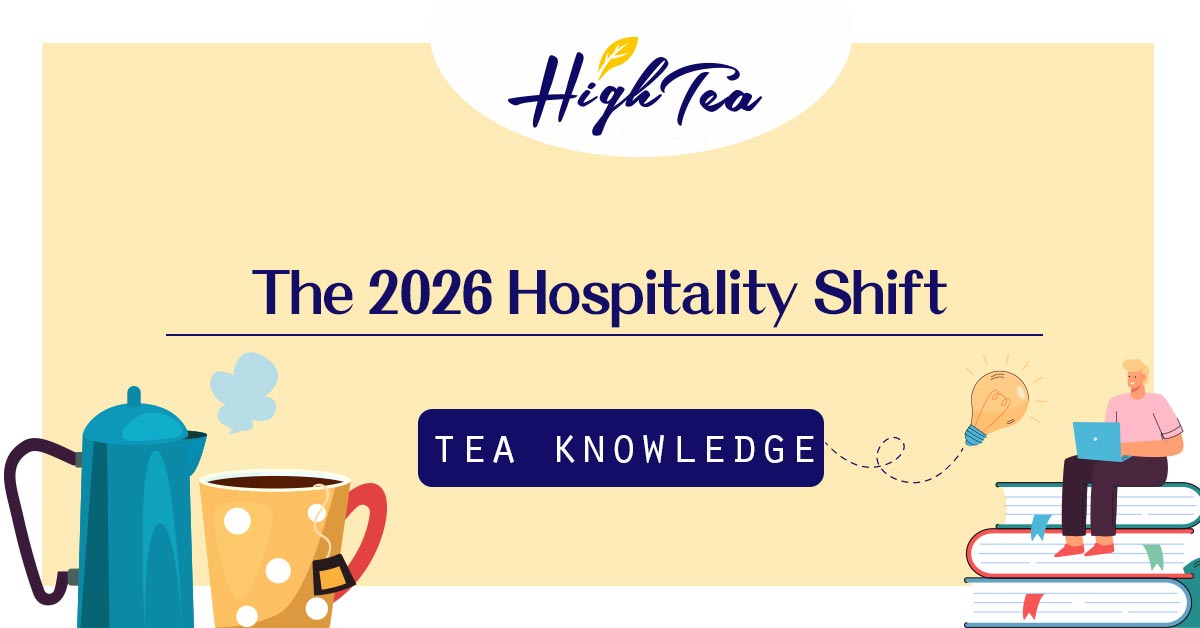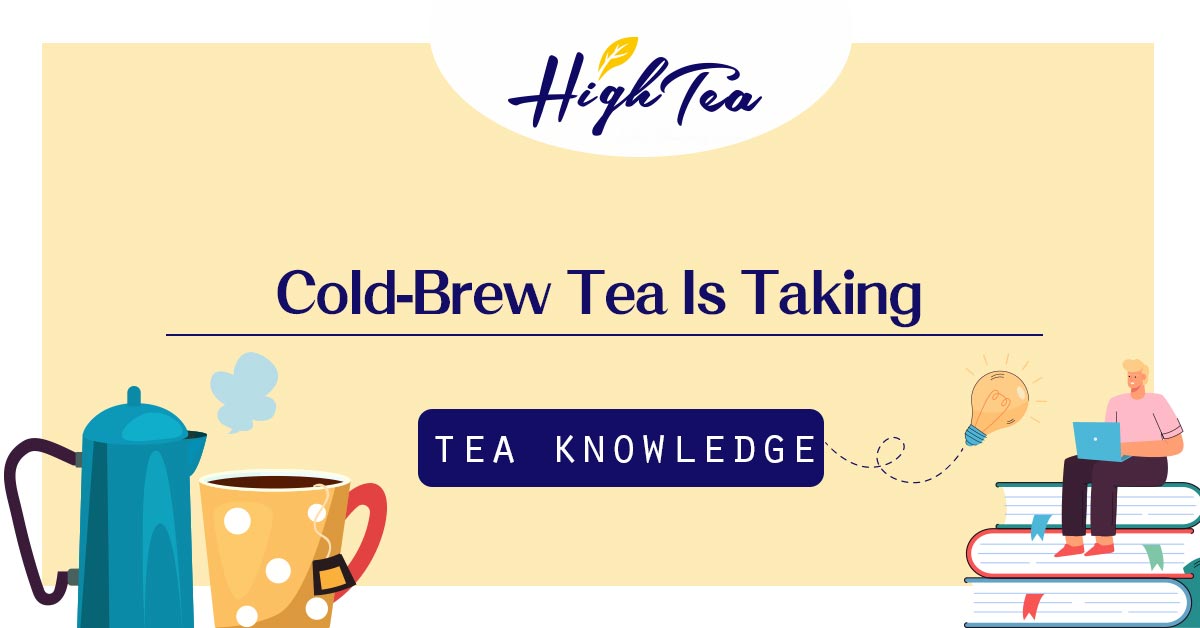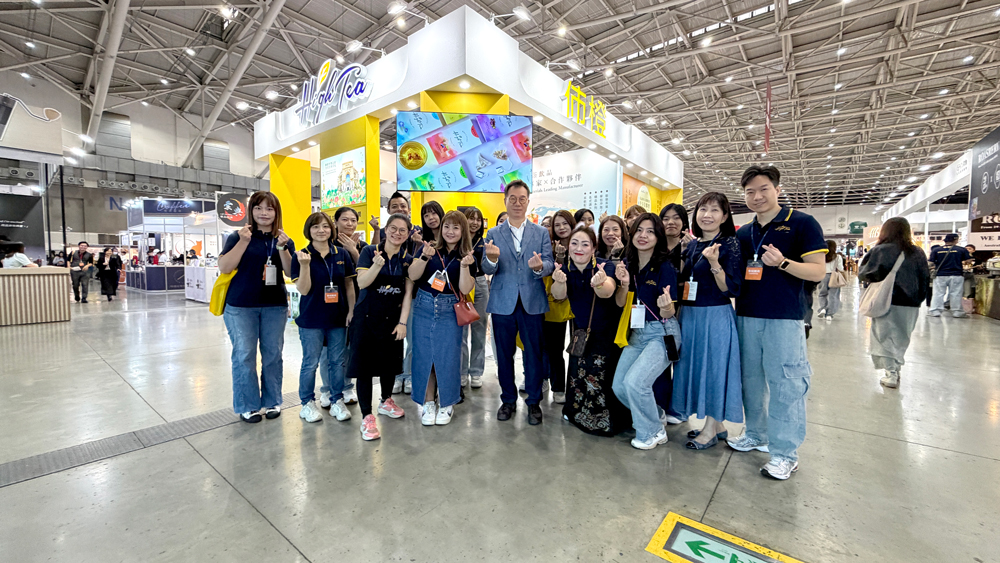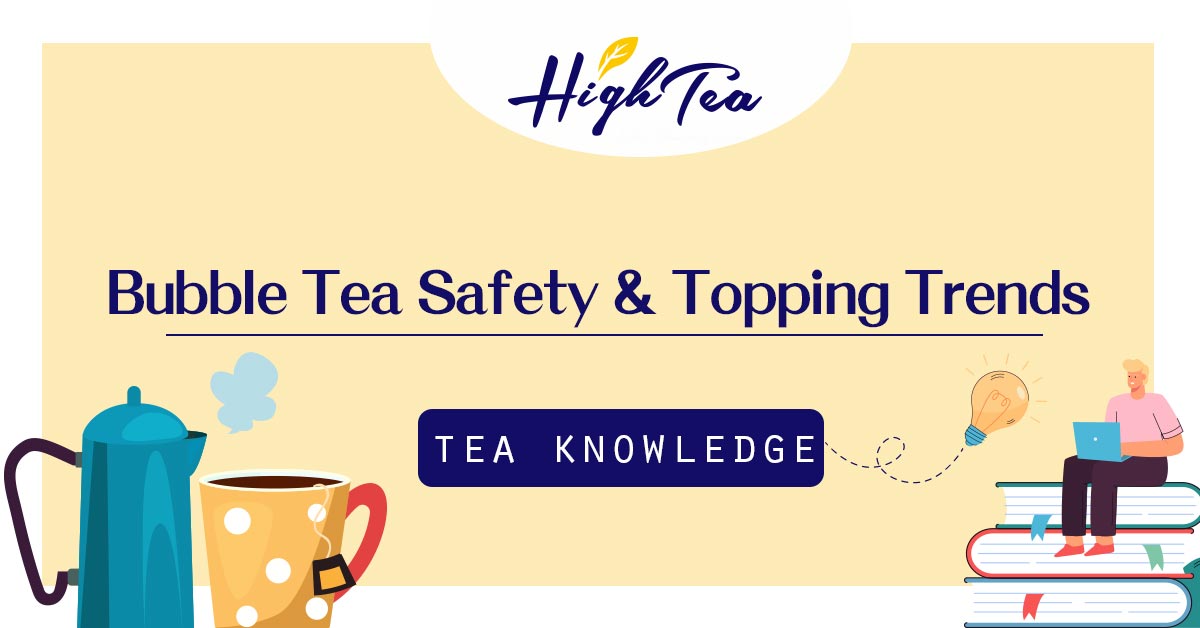Understanding How Grades of Tea Influence Flavor and Aroma
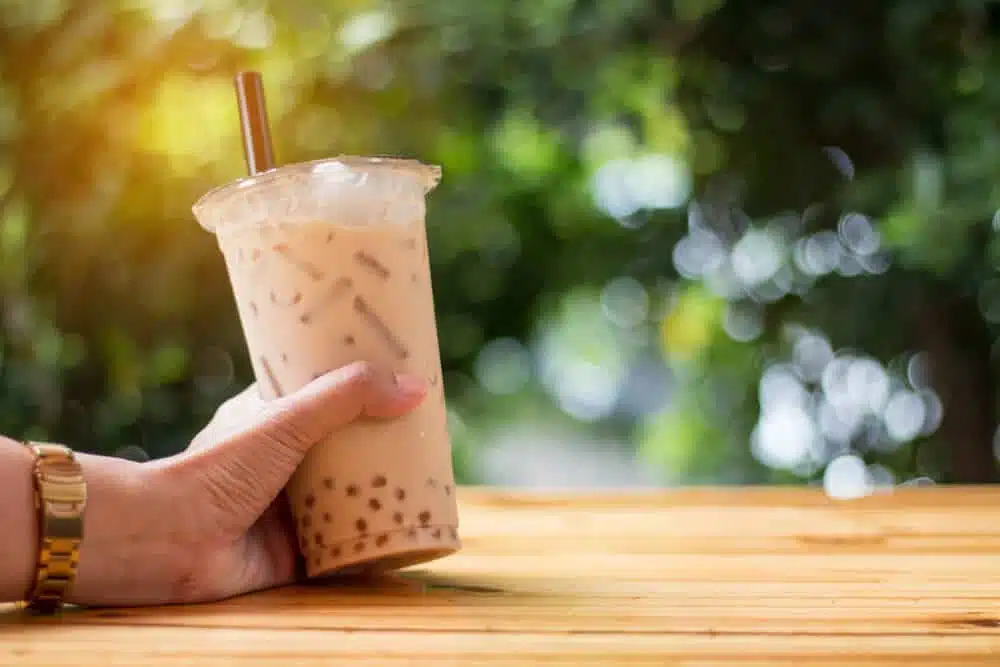
Tea grading is a multifaceted process intricately intertwined with the final brew’s quality, aroma, and flavor. Tea grading has evolved from centuries-old traditions into a sophisticated system that guides consumers in selecting teas tailored to their preferences. In this comprehensive exploration, we delve into the nuanced world of grades of tea, unraveling its impact on the sensory experience of tea enthusiasts worldwide.
Understanding Grades of Tea and Ratings

Tea grading involves meticulously assessing various factors that contribute to the overall quality of the tea. These factors encompass everything from the size and appearance of the tea leaves to the methods used in their cultivation and processing.
Main Factors Influencing Grades of Tea:
- Leaf Size: The size of tea leaves is one of the primary factors influencing tea grading. Larger leaves, such as those found in whole-leaf teas, are often associated with higher grades and are prized for their complex flavor profiles and delicate aromas. In contrast, smaller leaves, while not necessarily inferior, may result in a brisker brew with a more robust flavor.
- Production Method: The method used to process tea leaves plays a significant role in determining their grade. Traditional handcrafted methods, such as those used for Orthodox teas, involve meticulous care and attention to detail, resulting in whole leaves that retain their natural shape and flavor. In contrast, mechanized methods like the Cut-Tear-Curl (CTC) process produce smaller, uniform particles that brew quickly and yield a bold, brisk cup of tea.
Deciphering Grades of Tea
A combination of letters and abbreviations often denotes tea grades, each providing valuable insights into the tea’s characteristics and quality.
Abbreviations in Tea Grades Explained:
- W: Whole
- F: Flowery/Fine/Fannings
- G: Golden
- O: Orange
- T: Tippy
- B: Broken
- P: Pekoe
- S: Souchong
Tea Grade Categories
Whole Leaf Grades vs. Broken Tea Grades: Tea grades encompass a wide spectrum, ranging from entire leaf grades like OP (Orange Pekoe) and FOP (Flowery Orange Pekoe) to broken grades such as BOP (Broken Orange Pekoe) and TGFOP (Tippy Golden Flowery Orange Pekoe).
Each grade reflects not only the appearance of the tea leaves but also the processing method and overall quality, providing consumers with valuable information to guide their selection.
Differences Between Orthodox and CTC Tea
Orthodox tea production involves handcrafting whole tea leaves, resulting in complex flavor profiles and visually appealing teas. In contrast, CTC tea undergoes mechanized processing, yielding smaller, uniform particles suitable for strong, brisk teas. While Orthodox teas are prized for their nuanced flavors and elegant appearance, CTC teas offer convenience and consistency, catering to different preferences and brewing styles.
Exploring Tea Regions and Their Grading Practices
Tea is cultivated and processed in diverse regions across the globe, each with its unique grading practices and traditions. From Darjeeling’s misty hills to Assam’s rolling fields, tea regions contribute to the rich tapestry of flavors and aromas found in teas worldwide.
Darjeeling Tea Grading:
Darjeeling, often called the “Champagne of Teas,” is renowned for its delicate flavor and floral aroma. The grading of Darjeeling teas follows a strict system, with designations such as FTGFOP (Finest Tippy Golden Flowery Orange Pekoe) reserved for teas of exceptional quality and flavor.
Assam Tea Grading:
Assam, known for its robust and malty teas, employs a different grading system tailored to its unique terroir and processing methods. Grades like TGFOP (Tippy Golden Flowery Orange Pekoe) and GFBOP (Golden Flowery Broken Orange Pekoe) are commonly found in Assam teas, reflecting their bold flavor and strong character.
Ceylon Tea Grading:
Ceylon tea, produced in Sri Lanka, is celebrated for its bright, brisk flavor and rich aroma. The grading of Ceylon teas follows a standardized system, with designations like OP (Orange Pekoe) and FBOP (Flowery Broken Orange Pekoe) indicating the leaf size and appearance.
Section 5: Exploring the Nuances of Tea Grading Across Cultures
Tea grading practices vary by region and culture, with each tradition influencing the grading process and criteria used to assess tea quality.
Chinese Tea Grading:
In China, tea grading is deeply rooted in tradition and craftsmanship, with an emphasis on the tea’s appearance, aroma, and flavor. Grades like Chun Mee (Precious Eyebrows) and Gunpowder reflect the tea’s appearance and processing method, providing insights into its quality and flavor profile.
Japanese Tea Grading:
Japanese tea grading focuses on the appearance and leaf quality of the tea, with designations like Sencha (Steamed Tea) and Gyokuro (Jade Dew) indicating the leaf size and processing method. Japanese teas are prized for their vibrant green color and umami-rich flavor, with grading criteria tailored to reflect these characteristics.
Conclusion
Tea grading is a fascinating journey that unveils the intricate artistry and craftsmanship behind every cup of tea. By understanding the nuances of tea grading, enthusiasts can deepen their appreciation for tea’s diverse flavors and aromas worldwide. Whether you prefer the delicate notes of a high-grade Darjeeling or the bold character of an Assam BOP, there’s a tea waiting to be discovered and savored. Join us in celebrating tea’s rich heritage and timeless allure, one cup at a time.
Ready to embark on a journey through the world of tea grading? Explore Hightea’s extensive collection of premium teas sourced from renowned tea regions around the globe. Whether you’re a seasoned tea connoisseur or a curious newcomer, our selection of teas offers something for everyone. Dive into the rich tapestry of flavors and aromas found in teas of all grades and discover your perfect cup of tea today. Explore Hightea’s Range of Tea Products
Frequently Asked Questions (FAQs)
What is the Highest Grade of Tea?
The pinnacle of the tea grading system is often represented by grades like SFTGFOP (Super Fine Tippy Golden Flowery Orange Pekoe), signifying a tea of exceptional quality characterized by abundant tip and flavor. These teas are meticulously crafted and highly sought after by connoisseurs for their unparalleled taste and aroma.
What is CTC Tea?
CTC (Cut-Tear-Curl) tea is a manufacturing process where tea leaves are cut, torn, and curled into small, uniform particles. This method produces teas known for their briskness and strength, making them ideal for bold, robust brews favored by many.

